In Photos: China's Forbidden City
Forbidden city
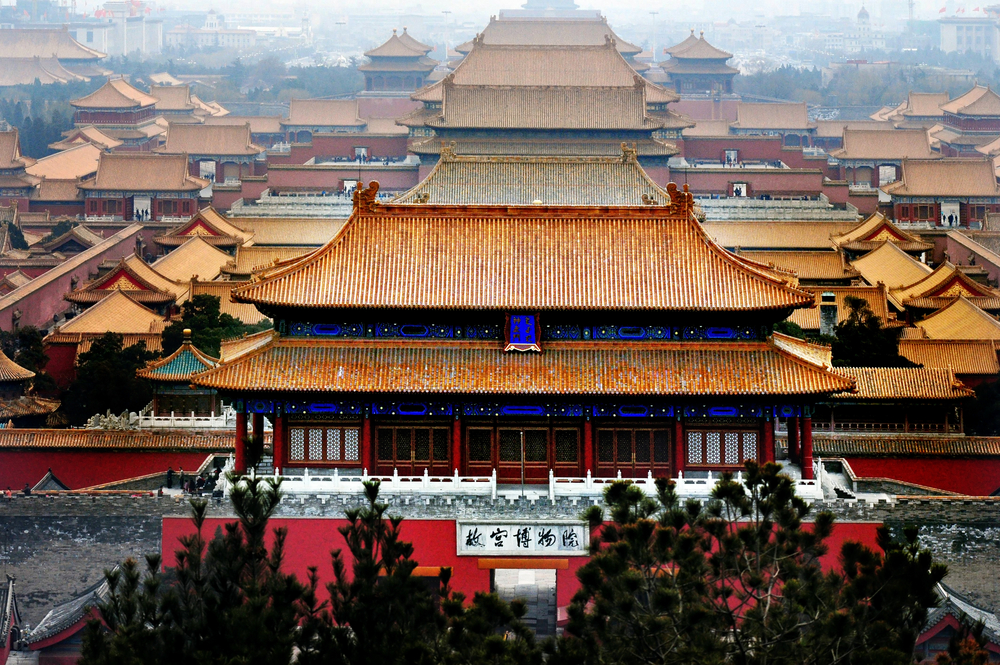
Located in the heart of Beijing, the Forbidden City (shown in aerial view here) was home to the emperors of China for nearly 500 years, during China's final two imperial dynasties, the Ming Dynasty and the Qing Dynasty.
Large Stone Carving
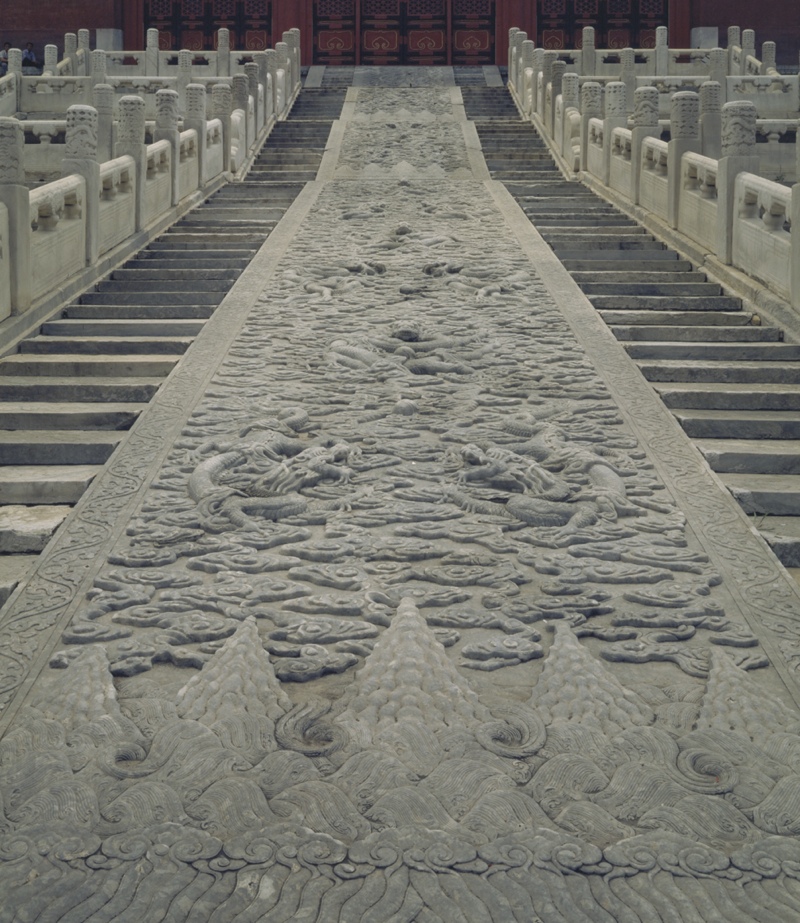
Vast numbers of huge stones were mined and transported there for its construction in the 15th and 16th centuries. The heaviest of these giant boulders, aptly named the Large Stone Carving (shown here), now weighs more than 220 tons (200 metric tons) but once weighed more than 330 tons (300 metric tons).
Sliding Stones
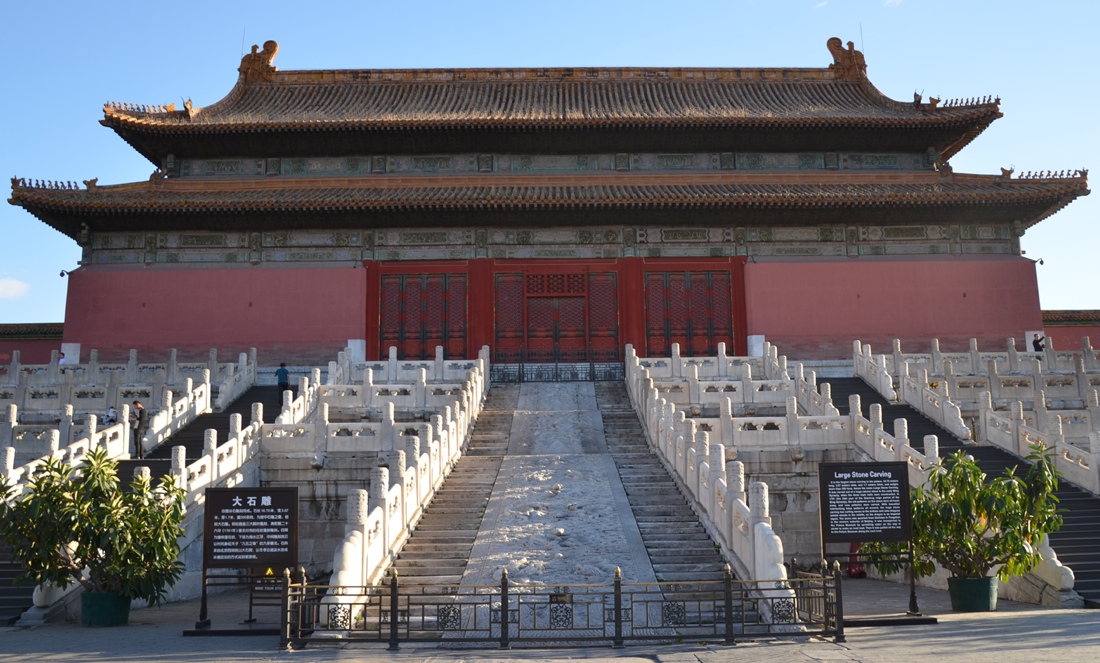
Rather than using a wheeled cart, workers likely slid massive stones, such as this 300-ton marble carving in front of the Hall of Supreme Harmony in the Forbidden City, Beijing, China, along artificial ice paths.
Outer Court
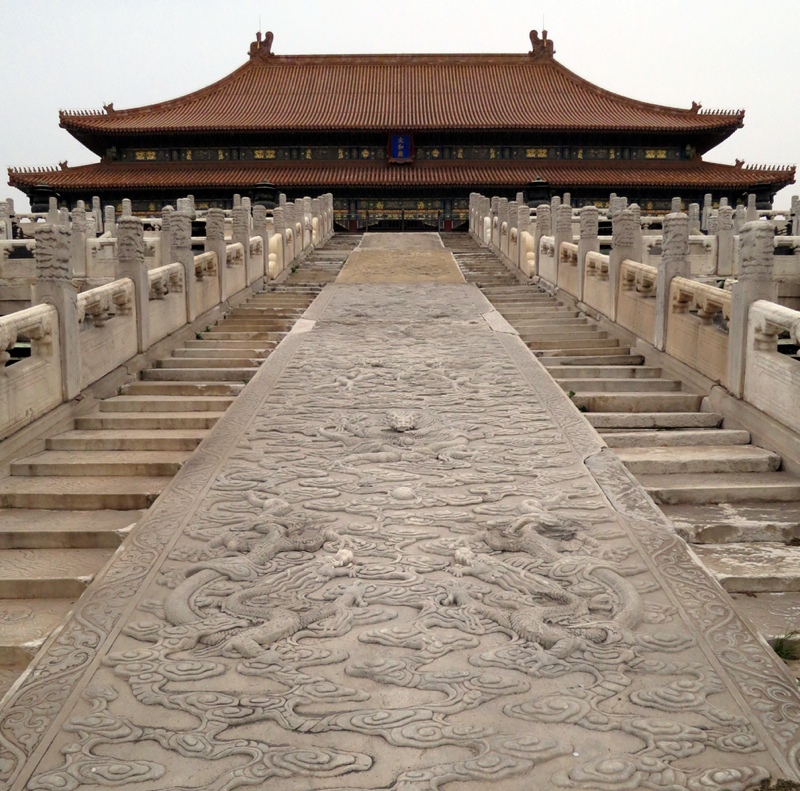
The southern portion, which is also called the outer court, ends in the Hall of Supreme Harmony (the largest building) and tended to be where official business was carried out. The northern portion, which is also known as the inner court, had the residences of the emperor and his family as well as the harem where his concubines were kept.
Exclusive access
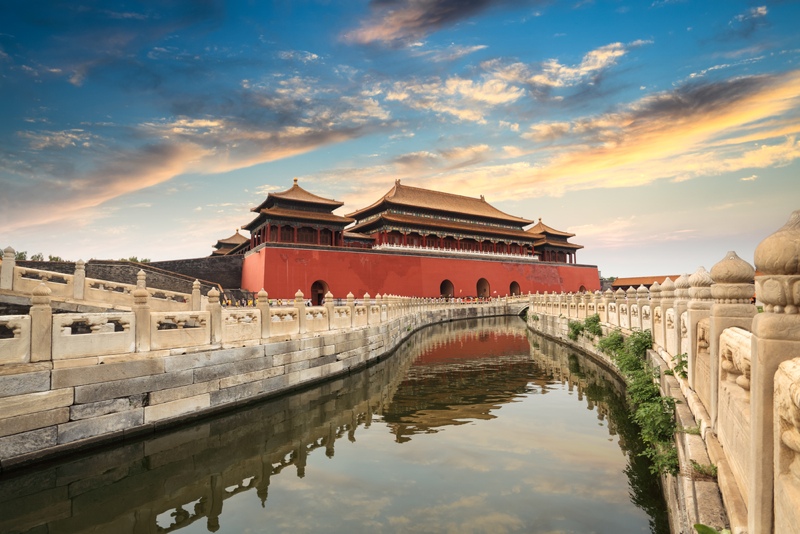
In total, 24 emperors occupied the Forbidden City, which was named because it could only be accessed by the emperor, his immediate family, his women and thousands of eunuchs, or castrated male servants, and officials. The city was renovated constantly throughout its 600-year history.
The moat
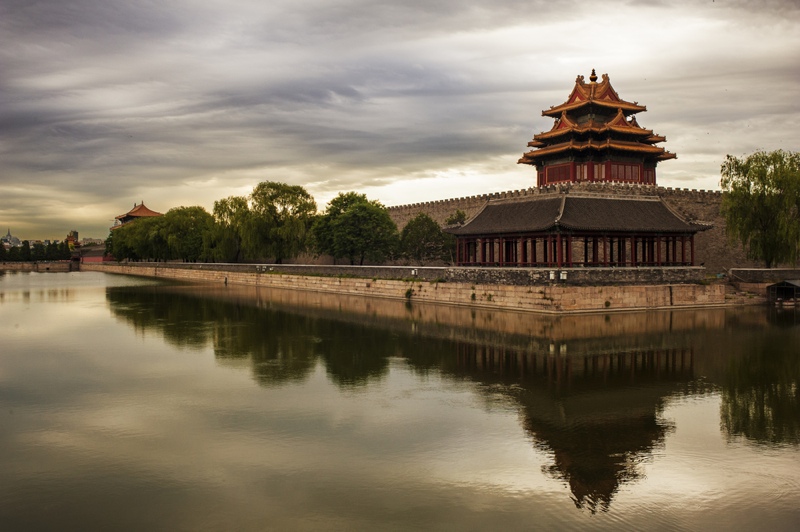
Here, the 171-foot-wide (52 meters) moat surrounding the Forbidden City in Beijing.
Lots of visitors
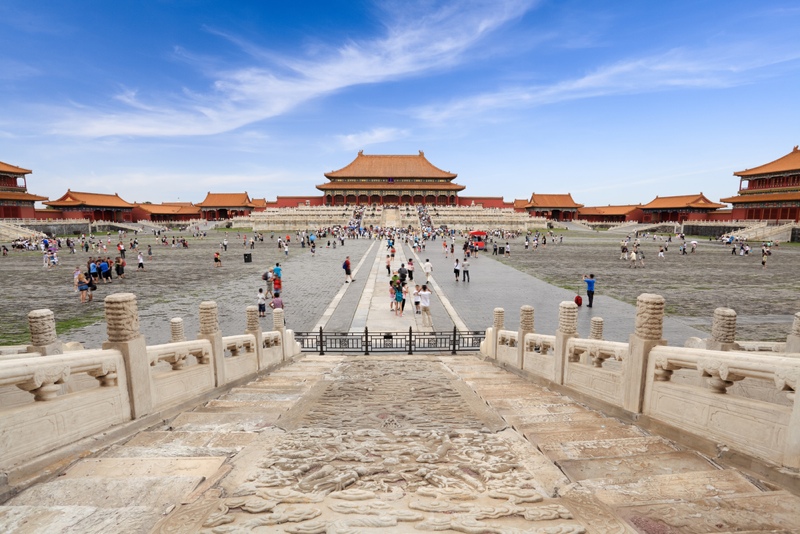
Today, the Forbidden City is a major tourist destination attracting millions of visitors each year. In a single day on Oct. 2, 2013, some 175,000 individuals visited the city, making it the most visited World Heritage site in the world.
Sign up for the Live Science daily newsletter now
Get the world’s most fascinating discoveries delivered straight to your inbox.
Hall of Supreme Harmony
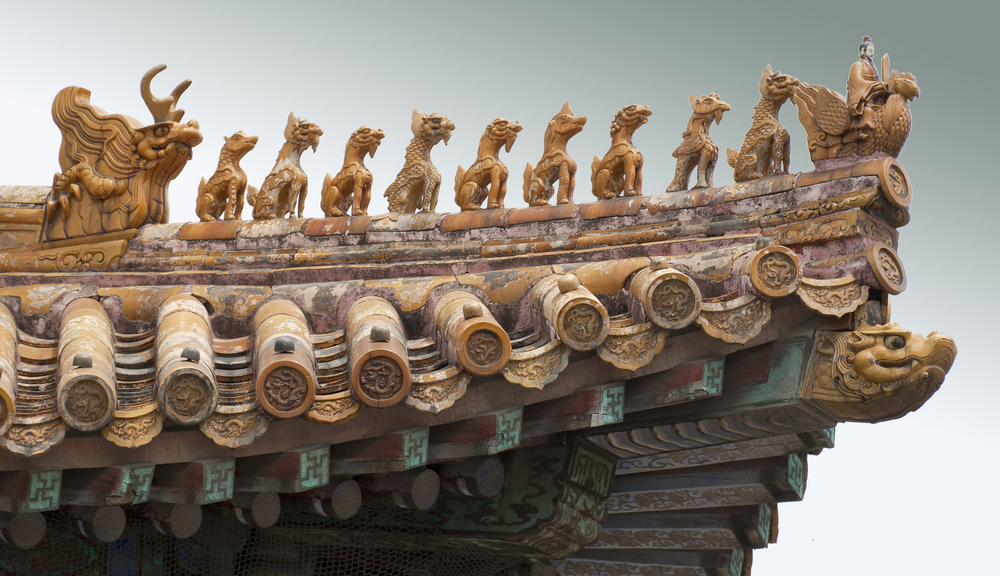
The roof of the Hall of Supreme Harmony is decorated with dragons.










